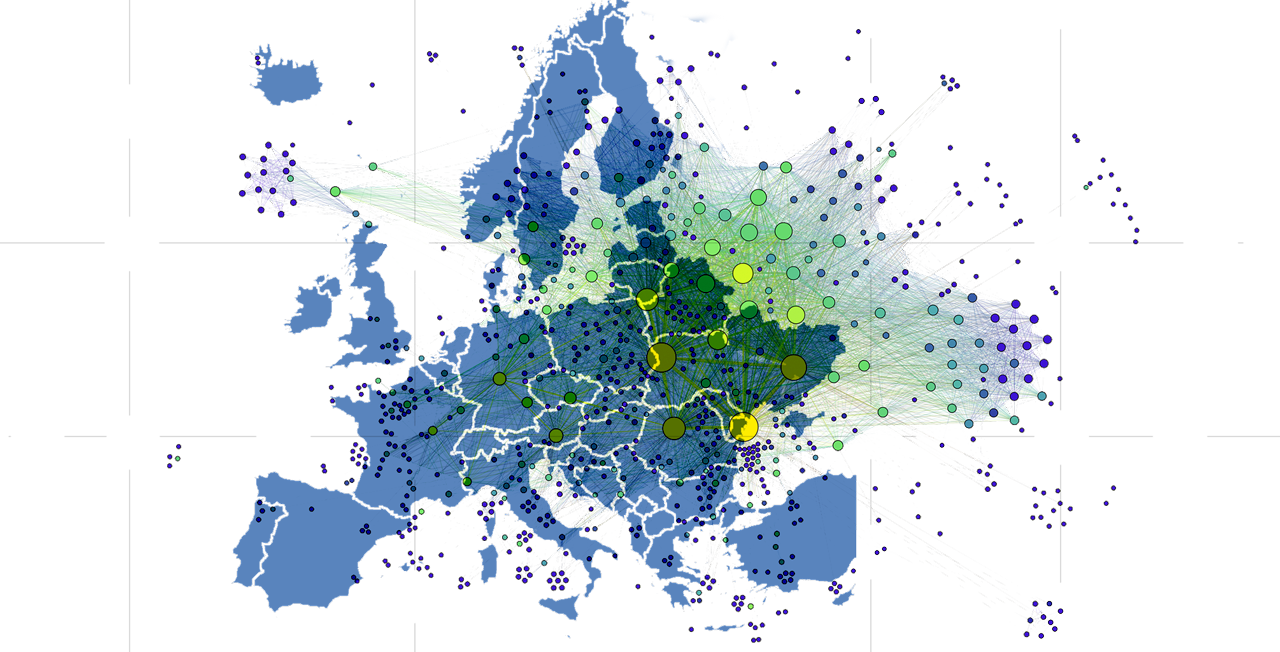Automating multi-cloud and multi-region applications in a divided world
The unprecedented outbreak of the Ukrainian war and the sanctions imposed to Russia by western nations and global tech leaders has caused a significant paradigm shift in the way cloud-based businesses model their operations. Although in part realistic, the technology sector’s pipe dream of continuous globalisation is once again halted by the large political powers of our time.

This presents new challenges for the cloud sector. Challenges such as abrupt changes in data management policies, promptly refusing service to Russia and other war accomplices by national law, international law or by simple moral standing to amplify the message against military aggression. The temporary suspension of operations within Russia enacted by leading fast food chains [1], fashion brands [2] and global cloud technology market leaders such as Microsoft[3] and Amazon Web Services (AWS) [4], along with a host of other software businesses prove that this has indeed been a cross-sector emergency. An emergency which has affected the entirety of any cloud platform’s value network, whether there are urgent regulatory and moral priorities in management, to DevOps professionals concerned with quickly adapting to new regional service standards and data management directives, and financial officers who have to budget this bumpy transition carefully.
This rapidly evolving situation presents an opportunity for cloud computing professionals to shift their focus onto automated solutions based on detailed cloud modelling. This allows the operations department to carefully design a cloud agnostic model of a given application, whether it’s based on a micro-service architecture or has been developed as a monolith, and expressly define operating requirements. Focusing operations management around this metaphorical cloud blueprint has contributed to accelerating value delivery across all levels of cloud based businesses by minimising management friction. This approach paired with an automated cloud application orchestration solution based on the simplicity of a cloud agnostic model extracts the most value from a cloud modelling-based operations approach in these challenging times.
MORPHEMIC is an open source multi-cloud application orchestration platform based on the CAMEL cloud application modelling language and developed under the MORPHEMIC project [5], through the European Commission’s Horizon 2020 funding programme in cooperation by 5 esteemed universities and 7 forward-thinking private companies.
The premise of the MORPHEMIC platform is simple. It includes the CAMEL Designer, a visual tool that makes designing a cloud application model quick and intuitive. Through the platform’s user interface, the CAMEL model can be uploaded, parsed and interpreted by the platform alongside your application’s code using advanced application profiling techniques. The interpreted model is then deployed and continuously, automatically audited and adapted for optimal performance and cost savings via the use of forecasting technologies and machine learning techniques. Supported mixed targets for deployment and subsequent automated redeployments on bare metal machines, region-specific cloud VMs and network appliances, containers and various other manually set up nodes can be reconfigured quickly on-demand, to meet regulatory needs.
Through this singular automated approach, it is possible for teams to focus their resource more into adapting businesses to this rapidly evolving landscape and less into tasks that are now considered fairly manual and time consuming.